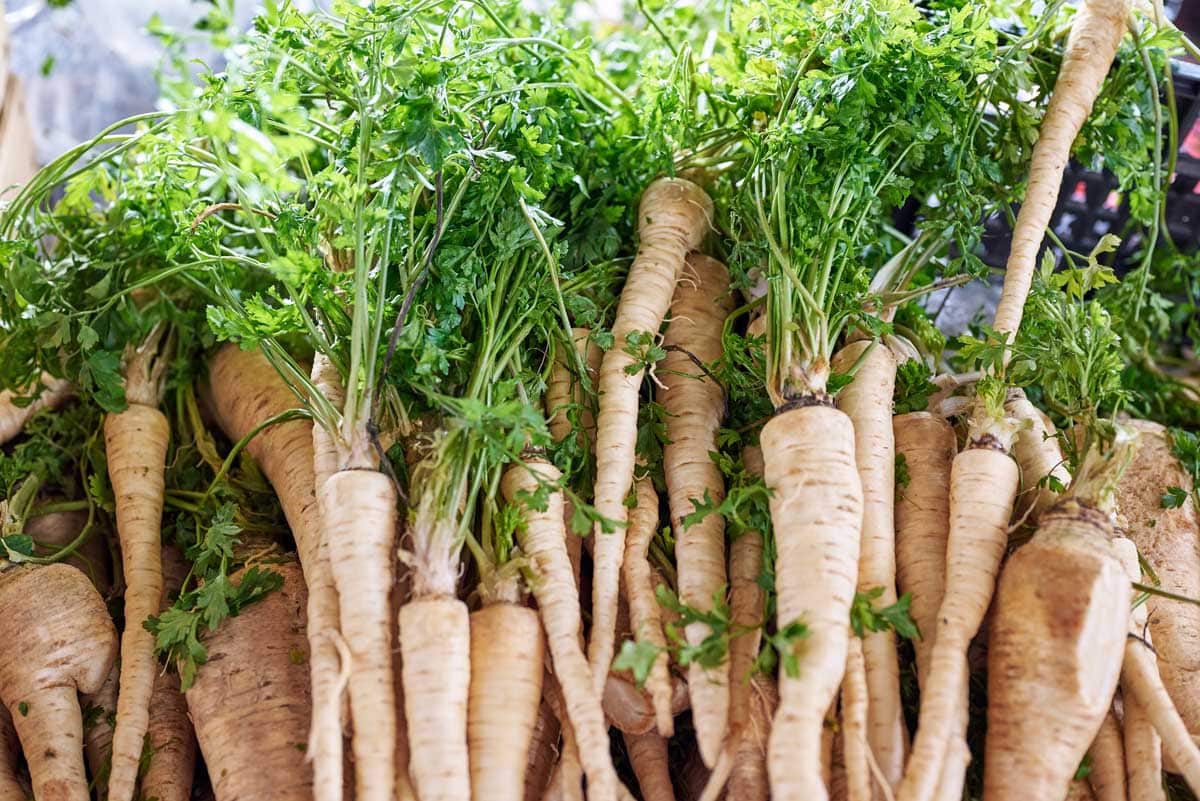Table of Contents
Do you know you may grow parsnips in your garden? Yes, it can be grown alongside your garden’s carrots and other root veggies.
Parsnips have a broad-leafed-parsley-looking top. Roots of parsnips may reach 20 inches (50 cm) in length, while the plants can reach 3 feet (.91 m). Planting parsnips in the spring allows them to mature in time for harvesting before the ground freezes in the autumn.
Parsnips are a robust crop that thrives throughout the chilly season. Parsnips are a versatile vegetable that provides flavour to a variety of dishes. It’s pretty similar to other types of root veggies. However, they are a kind of winter vegetable that grows best in chilly temperatures and may take up to 180 days to reach maturity.
To that end, you may be wondering how to grow parsnips. First, learn when to plant parsnips, how to care for them, and when to harvest them.
Varieties of Parsnips You Can Grow
When thinking about how to grow parsnips, consider the climate, the amount of time, and their eventual size. The following are some types to choose from when planting in your garden.
1. Albion
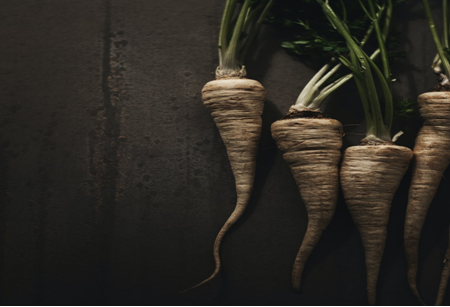
This hybrid cultivar, meant for harvest in the autumn, has received the RHS Award of Garden Merit. It takes 120 days from seed to harvest. Then, when the taproot has grown to 10 to 12 inches, harvest it.
2. All-American
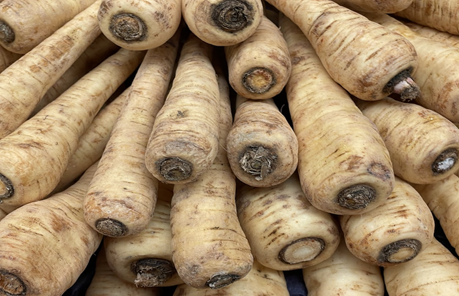
The harvest time for this heirloom parsnip is as few as 95 days. The taproots measure one foot in length and three inches in width at the top. Overwintering All-American parsnips is possible in mild climates where the soil does not freeze.
3. Gladiator
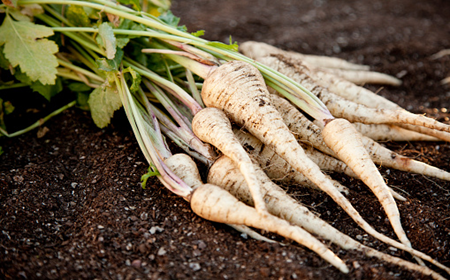
Gladiator parsnips are easy to grow and will thrive in most soil types, producing long roots perfect for roasting or adding to hearty soups and stews. With a robust, disease-resistant profile offering very good canker resistance, Gladiator is a reliable and hardy variety that can be sown throughout the Spring.
4. Javelin
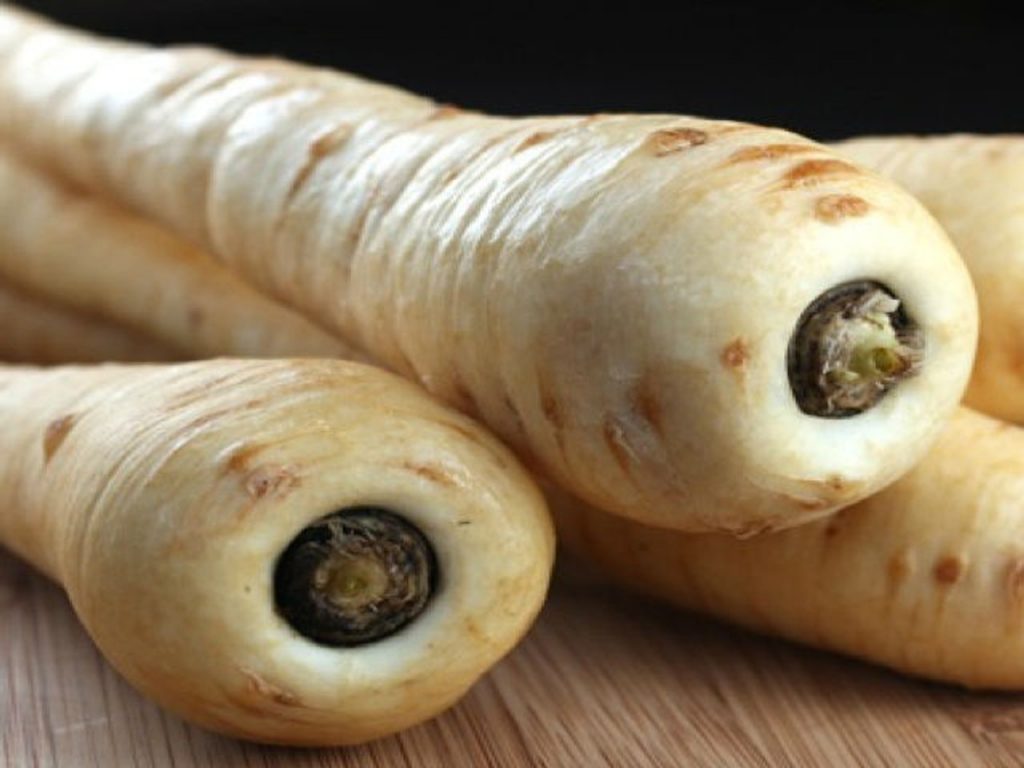
This hybrid cultivar was developed for storage and a subsequent spring harvest. In 110 days, it will reach a height of 10 inches. It is an even performer with powerful field resistance to canker, perfect for overwintering.
5. Sabre
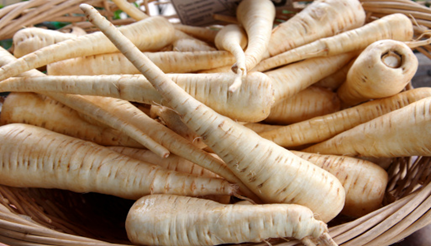
This hybrid parsnip has the potential to reach a height of 5 feet. However, the plant must be grown in a tall container filled with loose soil to reach that height. Make sure to follow the steps on how to grow parsnips.
6. The Student
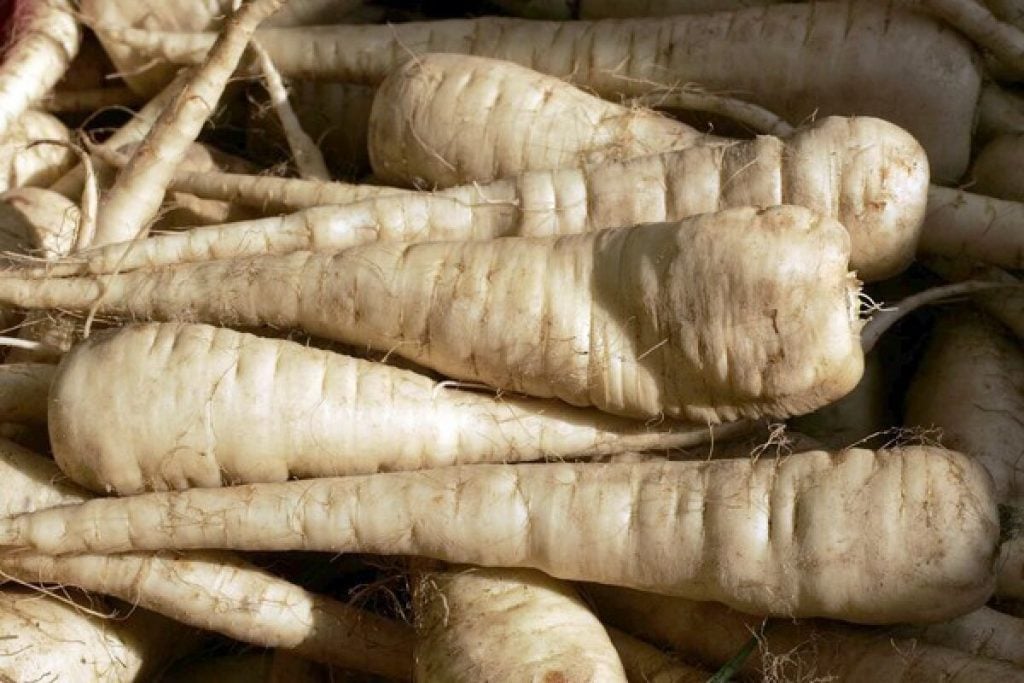
This particular parsnip has been around for quite some time and has roots in England. It may reach a depth of 3 feet in excellent soil, yet it is harvested at 15 inches in most gardens. It takes 95-125 days to reach maturity.
7. Tender and True
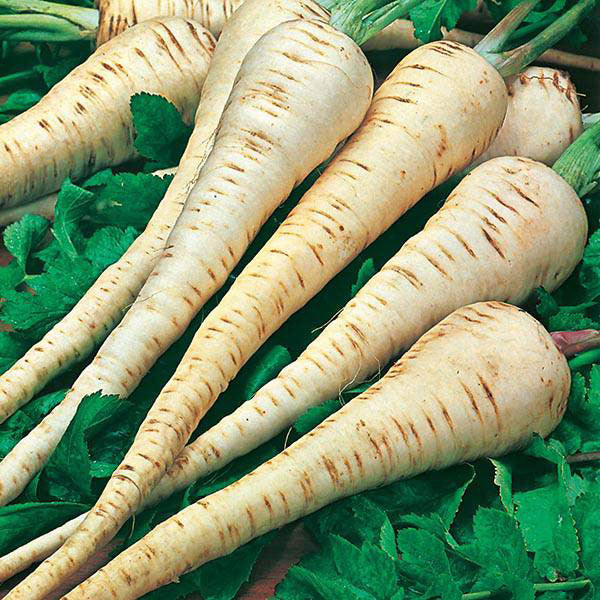
A lovely valuable variety, Tender and True parsnips are best flavoured on the bazaar. This plant takes 150 days to develop and has won the RHS Award of Garden Merit for open pollination. Tender and True is a tall, slender cultivar best harvested in autumn and winter’s cooler months.
8. Warrior
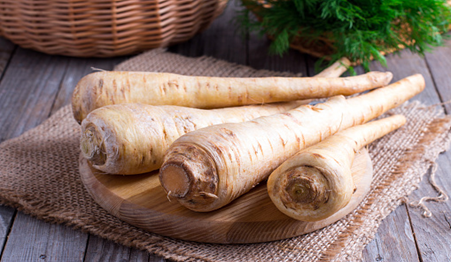
Large, cylindrical taproots and resistance to canker characterise this hybrid parsnip. It has to be harvested in 105 days and is not hard enough to overwinter. You should choose 11 inches. Warrior yields a beautiful white root that takes its weight down the length of the root.
9. White Spear
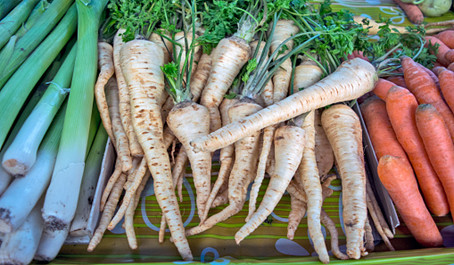
This open-pollinated parsnip has consistently large and healthy roots. It takes 120 days to reach maturity, and it’s best picked when the taproot is 11 inches long.
Step-by-Step Process to Grow Parsnips In Your Garden
Vitamin C, abundant in parsnips, promotes strong teeth and healthy gums. In addition, they include a lot of healthy fibre that may help lower cholesterol and improve digestion. The following are the steps on how to grow parsnips.
Step 1: Planting
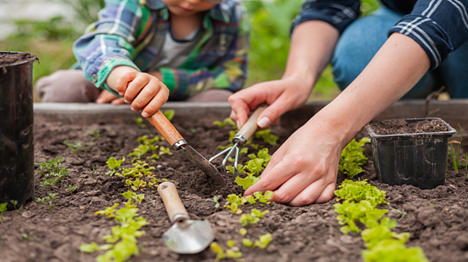
Parsnips thrive in well-drained, sandy soil with plenty of sunlight. But, you must first know how to grow parsnips to start the procedure. However, the roots of parsnips may be thin and deformed if grown in clay or compacted soils, much like carrots. Get rid of any weeds that could have grown there. Dig down 12-15 inches and include a fertile 2- to 4-inch layer of compost or old manure.
Step 2: The Right Time to Plant the Parsnip Seeds
Planting is an essential step for how to grow parsnips. It will make sure that the parsnips grow well. Hence, due to the extended time required for parsnips to mature, plant the seeds as soon as the soil is workable in the spring. However, optimal soil temperatures for parsnip seeds are between 50- and 54 degrees Fahrenheit (10 and 12 degrees Celsius).
If you want to know how to grow parsnips, consider the points we will discuss further. First, you must avoid planting in areas where the seed was laid the previous year. If there is too much nitrogen in the soil, the plant’s foliage will flourish at the expense of its roots. Check the soil.
- Plant new seeds every time. Parsnip seeds don’t keep for long; they have a lower chance of germinating after a year.
- Plant the seeds in the ground.
- Plant seeds in rows 18 to 24 inches apart, then plant each row 1/2 inch deep.
Tip: Plant radishes between rows of parsnips. Before planting the parsnips, quickly expanding radishes may serve as row markers and crust-busters.
- Parsnip seeds take a long time to germinate. When soil temperatures are below 50 degrees Fahrenheit (10 degrees Celsius), it may take up to three weeks for seeds to germinate. Maintaining wet soil will speed up the process.
Tip: Soaking cotton wool pads or paper towels might help seeds germinate faster. Set them on a saucer and fill them with papery parsnip seeds. Small white roots will grow if the seeds are kept at 50 to 54 degrees Fahrenheit. Then plant them as instructed.
Step 3: It is Time To Grow Parsnips

When the seedlings are 2–3 inches tall, thin them out so they are 3–4 inches between each. When working on growing parsnips, snip off the tips of the remaining seedlings instead of pulling them out to protect their fragile roots. Use row coverings to protect your crops from pests like carrot rust flies. It is essential to maintain the beds weed-free while plants are young. Mulching prevents weeds from sprouting and helps keep the soil wet. You should water if it doesn’t rain at least once a week throughout the summer. To flourish, parsnips need a good amount of water. You probably won’t need to add any fertiliser if you have healthy soil. When there is plenty of nitrogen, shoots develop rather than roots. Once roots have formed, hill dirt around the plants’ base to stop the roots’ shoulder areas from becoming green.
Note: Parsnips may cause skin irritation if handled carelessly due to the sap and the leaves. While weeding or harvesting, it is essential to wear protective gloves to carry on with the procedure.
Step 4: Now Harvest
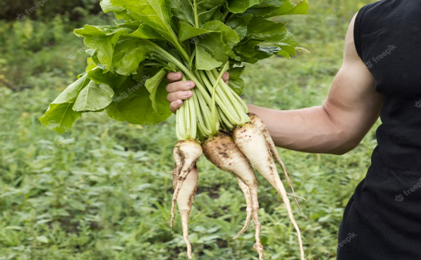
In general, parsnips take 16 weeks from planting to harvest. Gather when the roots have a diameter of at least one inch. The root develops a robust, sweet, and distinctive flavour after being subjected to near-freezing temperatures for two to four weeks in autumn and early winter. You should pull your parsnips before the ground completely freezes, but let them first experience a few touches of frost.
Alternatively, you may bury them under several inches of mulch and keep them in the ground for the full winter. Harvest as soon as the ground warms in the spring, before the top growth begins. Roots may become woody if a flower stem develops.
Essential Tips to Follow When Growing Parsnips
The following are some essential tips to follow for growing parsnips:
1. Light

Whenever someone asks how to grow parsnips, the first thing that comes to mind is light. Full daylight, or at least six to eight hours of sunshine daily, is ideal for growing parsnips. They are, however, tolerant of shade.
2. Soil
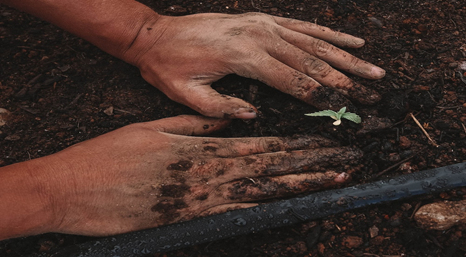
Deep, rich, loamy soil with good drainage is ideal. The ideal soil pH for parsnips is anywhere between 6.0 and 7.0. To promote healthy root development, loosen the soil about a foot down before planting.
3. Water
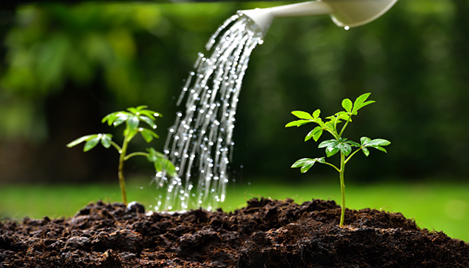
Roots thrive when wet, so aim for around an inch of water every week. Water thoroughly but slowly. Roots might become weak from overwatering or watering too superficially. Make sure the soil never becomes too soggy, however.
4. Temperature and Humidity

Temperatures between 45 and 70 degrees Fahrenheit are optimal for parsnip growth. They can withstand freezing temperatures at the start and end of the growing season. The relative humidity of the air makes no difference to parsnips.
5. Fertiliser
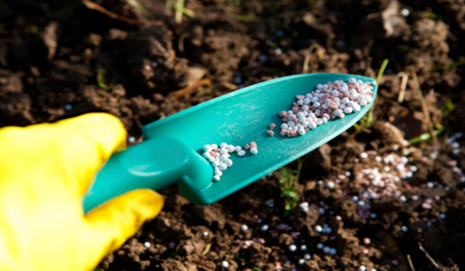
When planting, incorporate a few inches of compost into the ground. Then, sprinkle some compost as a side dressing towards the middle of the growing season.
6. Pollination
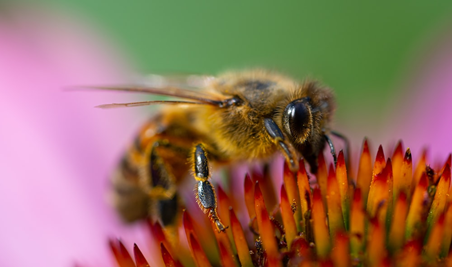
Both wind and insects contribute to the pollination process of parsnip plants. Insects carry pollen from extra umbels to fertilise these stigmas; no seeds are formed. The pollen can come from umbels on a similar plant or new parsnip plants.
Storing Parsnips
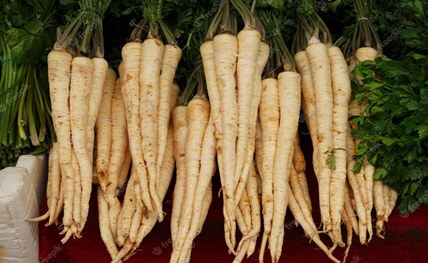
Parsnips should be left in the ground until you’re ready to consume them. A sand clamp, on the other hand, may keep them alive for up to four months. Alternatively, you might slice them up, parboil them, and freeze them. Remove any larger leaves from parsnips before putting them away. Parsnips should be kept in a cool, dry place with a relative humidity of 95% and a temperature of 32 to 35 degrees Fahrenheit (0 to 2 degrees Celsius). Roots may be kept in slightly wet sand, sawdust, or leaves for up to six months.
Cooking with Parsnips – Checkout these Amazing Recipies
Now, you have learned about how to grow parsnips. Let’s know some ways to use them.
1. Salad
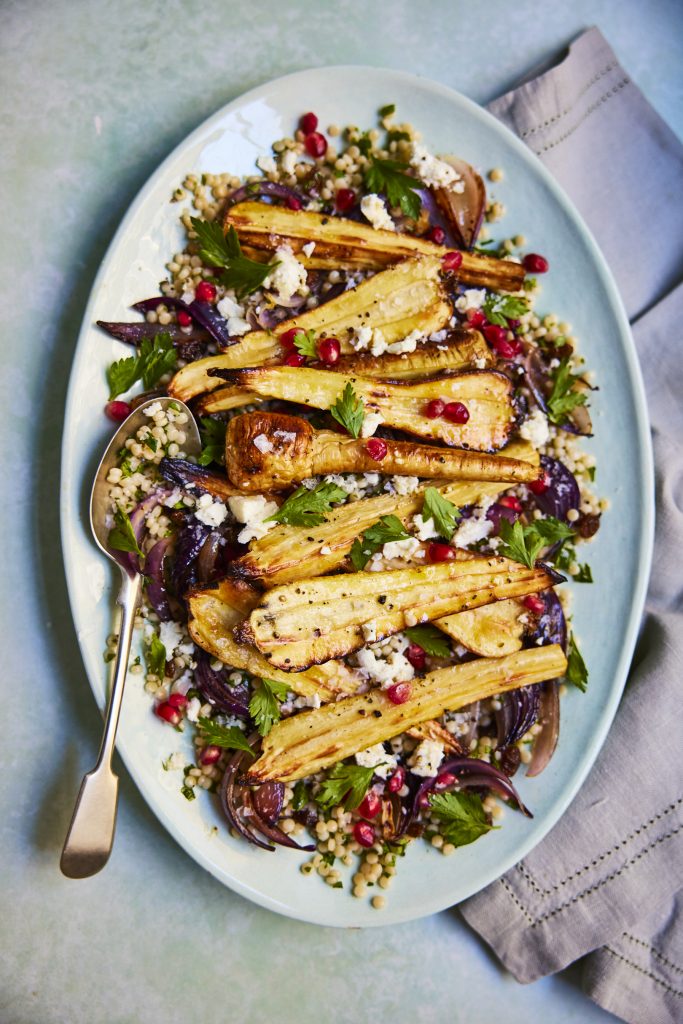
Raw parsnip may be used in salads. Because of their robust flavour, parsnips are best prepared by peeling them into thin slices.
2. Roasted Parsnips
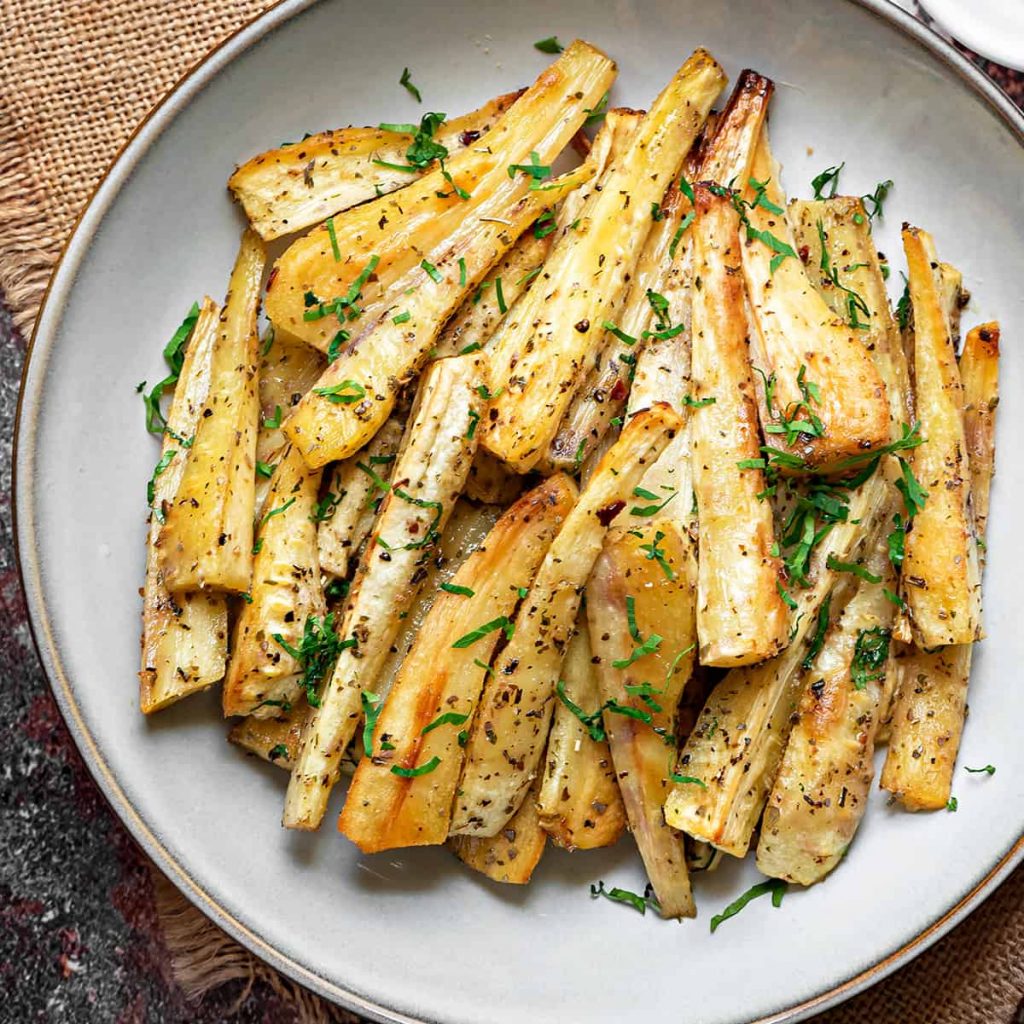
A roasted parsnip meal might be tasty and nutritious. Carrots, eggplants, and bell peppers are just a few other veggies that go well with them.
3. Soup

Parsnips may be boiled and used in many soups. A large parsnip might be peeled, sliced thinly, boiled inside the soup, and then strained. In this manner, if the parsnip texture is not to your taste, you may still have a delicious soup.
4. Creamy Parsnip Soup
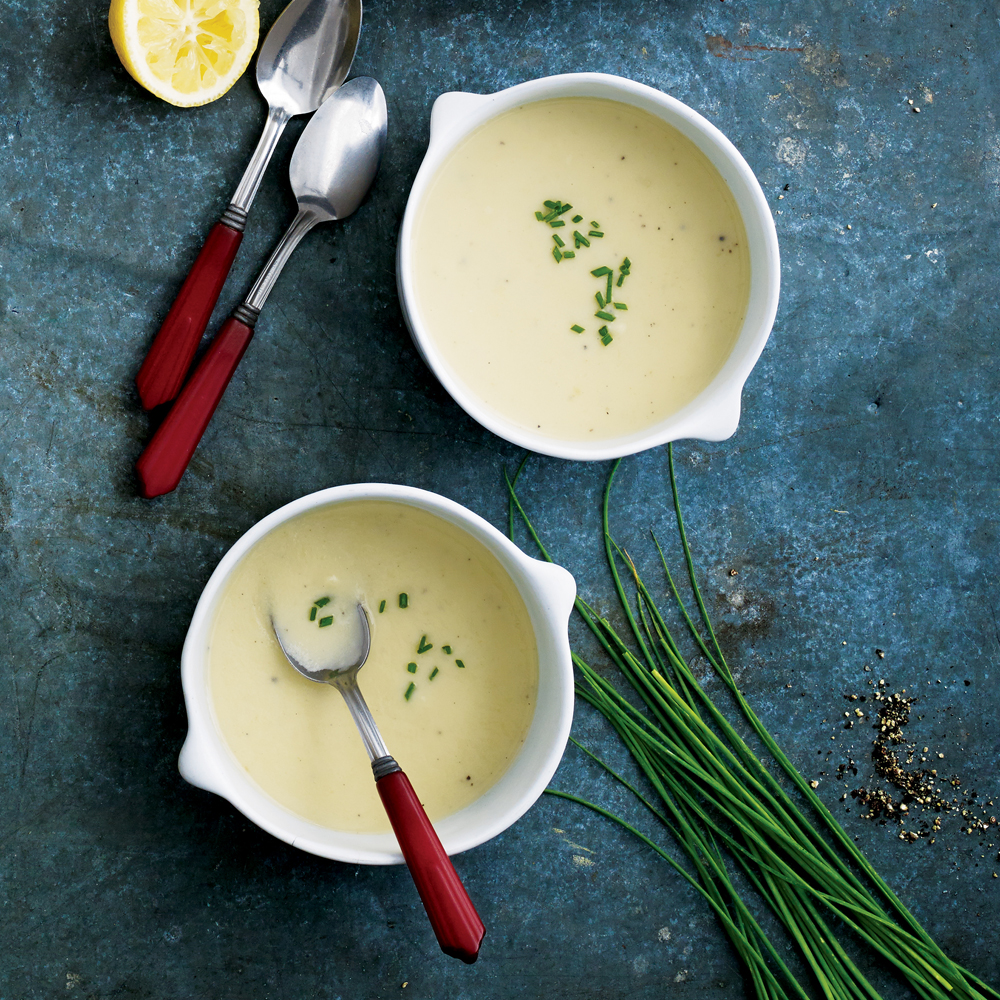
This recipe is perfect if you’re looking for a satisfying way to increase your vegetable intake. If you don’t like parsnip’s flavour, you may mix it with other greens. For example, you can make a nutritious and delicious creamy soup with vegetables such as peas, broccoli, potatoes, or cauliflower. However, if you add the right ingredients, you may make a soup cream.
Health Benefits of Parsnips
Some of the significant advantages of parsnip are as follows:
1. Beneficial to Bone Health

Parsnips are a strong magnesium and calcium source, two essential elements for bone development. Phosphorus and manganese are also present. They strengthen your bones, increasing bone density and lowering the risk of fractures. Parsnips may also help lower blood pressure and cholesterol levels.
2. Promotes Healing of Wounds

Collagen, an essential component of the skin’s framework, cannot be synthesised without sufficient vitamin C. Recent research has linked vitamin C’s antioxidant properties and its ability as a precursor to collagen to a more rapid wound recovery.
3. Improves Immunity

Antioxidants are well known for their beneficial effects on the immune system. On the other hand, fibre has been shown to have a beneficial effect on immune function. Therefore, fibre fosters beneficial bacteria and suppresses pathogenic microbes. In addition to its anti-inflammatory properties, parsnip boosts the immune system’s ability to combat and eliminate these diseases.
4. Helps Prevent and Regulate Diabetes

Because of its high fibre and protein content, parsnip is an excellent choice for people with diabetes. In addition, consuming fibre-rich foods may help keep blood sugar levels steady after eating by delaying the digestive process.
Growing Parsnips Worth the Effort
Parsnips are simple to produce, need little care, and may be left in the ground until they are ready to be eaten. They are delicious when roasted or added to substantial winter stews. Plant them in the spring, and you’ll have delicious, fresh parsnips for Thanksgiving and Christmas supper by the fall. Parsnips are a staple for every vegetable garden, whether you’re a seasoned gardener or just getting started.
These roots may take a while to mature, but the wait is worth it. They must be planted directly into the ground in the spring, preferably in well-drained, light soil. Carrot flies are the only pest they have to deal with, and even those may be avoided using insect-proof netting.
Now that you know how to grow parsnips, you can try it once. Will you? Feel free to let us know.
Frequently Asked Questions (FAQs)
Is Growing Parsnips an Easy Task?
When planted in deep, loose soil in a cold environment, parsnips thrive.
How Much Time Do Parsnips Take to Mature?
Planting parsnips and picking them may take 120 to 180 days.
Do Parsnips Return Every Year?
Although, technically, parsnips have a life cycle that spans two growing seasons, most gardeners choose them after just one year of growth.
Can Parsnips Be Eaten Raw without Risk?
Parsnips may be eaten raw, but only after the skin has been removed. The flavour of raw parsnips is sweet and nutty, with just a touch of liquorice. It’s a great choice if you’re trying to watch your weight.
Are Parsnips More Nutritious than Carrots?
Both parsnips and carrots provide certain benefits. However, parsnips outshine carrots in terms of calories and carbs. Parsnips, on the other hand, contain more protein and fibre. As a result, carrots are healthier than parsnips in terms of glycemic load, despite both vegetables’ low-fat content.

